Lately, the aviation industry has been in the news mostly for the wrong reasons. Reports of misbehaving fliers, rude cabin crew and passengers left on the tarmac have become a topic of discussions, jokes and memes ¹.
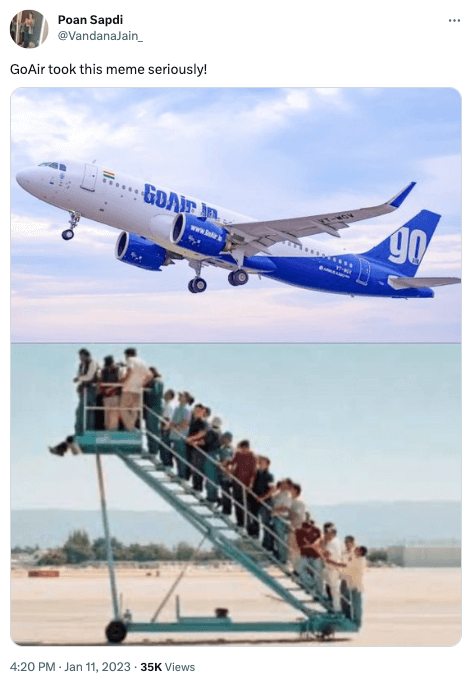
Tweet credit: https://twitter.com/VandanaJain_
However, amidst the chaos, a news that quietly slipped through the cracks was that in February 2023, Indigo continued its indisputable lead in the domestic aviation sector- garnering 55.9% of the share of domestic aviation market- far ahead of the nearest competition Vistara whose share stood at 8.9%. And this isn’t an aberration. FY2022 market-share of the brand stood at 55%.²
How did Indigo manage to pull off this feat? Of course, a large role is played by the scale and operational efficiency, after all, the market share of an airline is a direct function of the number of routes it covers and the aircrafts it operates. However, what fascinates us as brand enthusiasts about Indigo is the way it has consistently executed and brought alive its personality and tonality across brand touchpoints.
First, some context
Indigo launched in 2006, at the cusp of the low-cost airlines revolution in India. The airline industry at that point was polarized. On one hand, there were full-service premium players like Jet Airways and Kingfisher, on the other hand, there were no-frills airlines like Air Deccan, Go Air and SpiceJet.
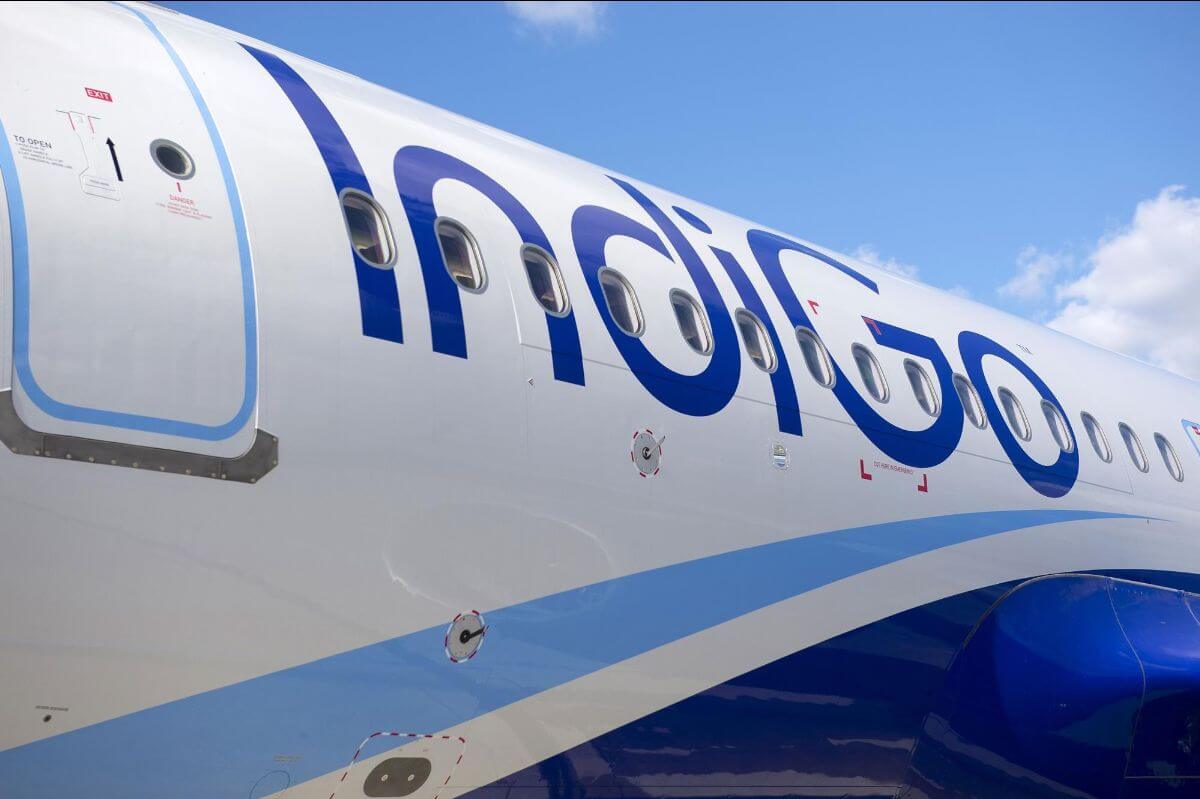
Right Insights and Positioning for a smooth take-off
Indigo realized that to leverage the massive opportunity accruing from the democratization of the aviation industry it had to adopt a different playbook.
First-time flyers see the category with a lens of aspiration. But as more and more people choose to fly and do so frequently, aspiration takes a back seat and efficiency becomes an important consideration. Indigo had the foresight that when this happens, owning a relevant functional attribute could become a powerful moat. Beyond the food, hospitality and service frills, flyers would prefer a carrier that ensures that they do not miss their next meeting or helps them reach their home on time.
Hence, Indigo decided to own a proposition that was tangible and measurable- every time one chooses to fly with Indigo. This led to the positioning that has stood the test of time- On Time, Every Time.
While this seems obvious in retrospect, it was quite a visionary move back in 2006. Remember, we are talking about a time when many first-time flyers were just about upgrading from tedious, long train journeys to flights. A functional proposition of “On-Time” at that point didn’t feel quite intuitive.
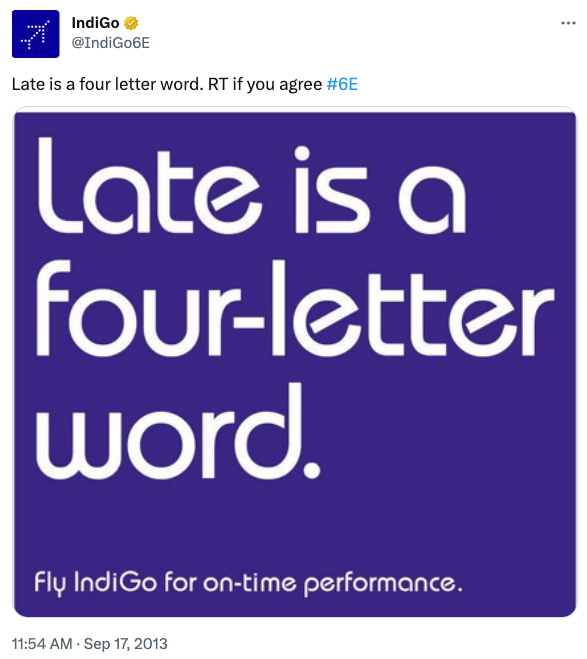
However, Indigo not only stuck to its guns but also proactively invested in tools and technologies that would ensure that the brand would be able to deliver on its promise.
Revving it up with 3 core execution pillars
An important trait of good positioning is that it is actionable. The positioning of ‘On-Time, Every-Time’ had an inherent promise of providing a service that would be punctual and professional. This led to what has been now called out as ‘3 pillars of service’³ at Indigo. These include:
a) On-time performance: the first and foremost promise of Indigo’s positioning is that of on-time performance. Unlike the quality of service, crew, food, etc. which is very subjective and dependent on consumers’ personal tastes and preferences, on-time performance is very specific and measurable and leaves no room for ambiguity. When you have a brand promise that is measurable and demonstrable, it is easier for you to own it credibly. And Indigo has made OTP (On Time Performance) a benchmark metric to showcase how it lives up to its brand promise.
The company has also made an effort to support this claim. It has maximum aircrafts fitted with CAT-IIIB system that enables take-off and landing in low visibility conditions. Indigo was also the first airlines in India to invest in ACARS technology to record turnaround and take-off times of aircrafts automatically in order to use data to constantly shave off wasted time. This may seem like an unnecessary expense, especially since none of the competition was sweating the minor details when it came to punctuality, but Indigo pulled out all stops to ensure it lives up to its promise.
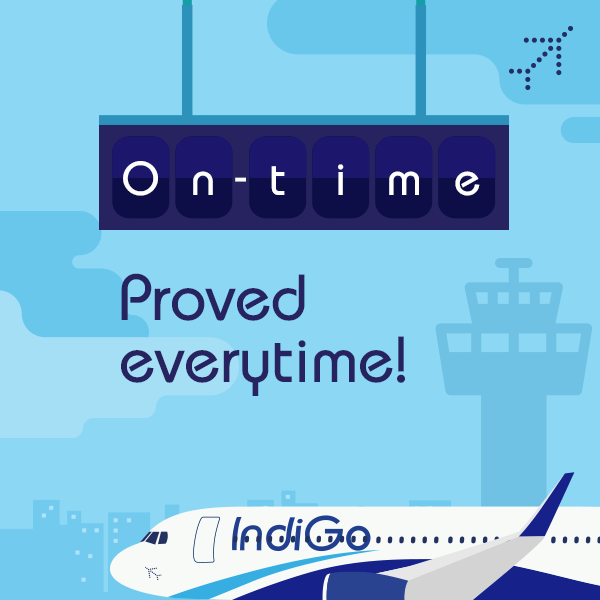
b) Affordable Fares: to compete with existing biggies, Indigo knew that it had to offer cost leadership. It relied on several operational innovations to bring down its costs without compromising on safety. Since its inception, Indigo has focused on maintaining a young fleet resulting in lower fuel consumption. Strategically, it has maintained a large share of A320 NEOs in its fleet which, according to the company are ‘~15% more fuel efficient compared to the older A320s’. In fact, Indigo is planning to phase out its A320 inventory by FY 2023 well ahead of other global carriers⁴ (Source: Interglobe Aviation, FY 2022 Annual Report)
c) Hassle-free and courteous service: the premise behind Indigo’s positioning is to provide a ‘no-nonsense’ flying experience. This means doing away with service layers it deemed as unnecessary and incidental to the core business of transportation. It has pioneered several service concepts that have now almost become a norm in the Indian aviation industry- these include doing away with business class, miles-based loyalty tiers, launching paid pre-selection of seats, Fast Forward-an express check-in service at additional cost and the facility to pre-book meal at a discount. These not only added new lines for incremental revenue, but some of them also induced more predictability in operations, thereby aiding the on-time performance efforts.
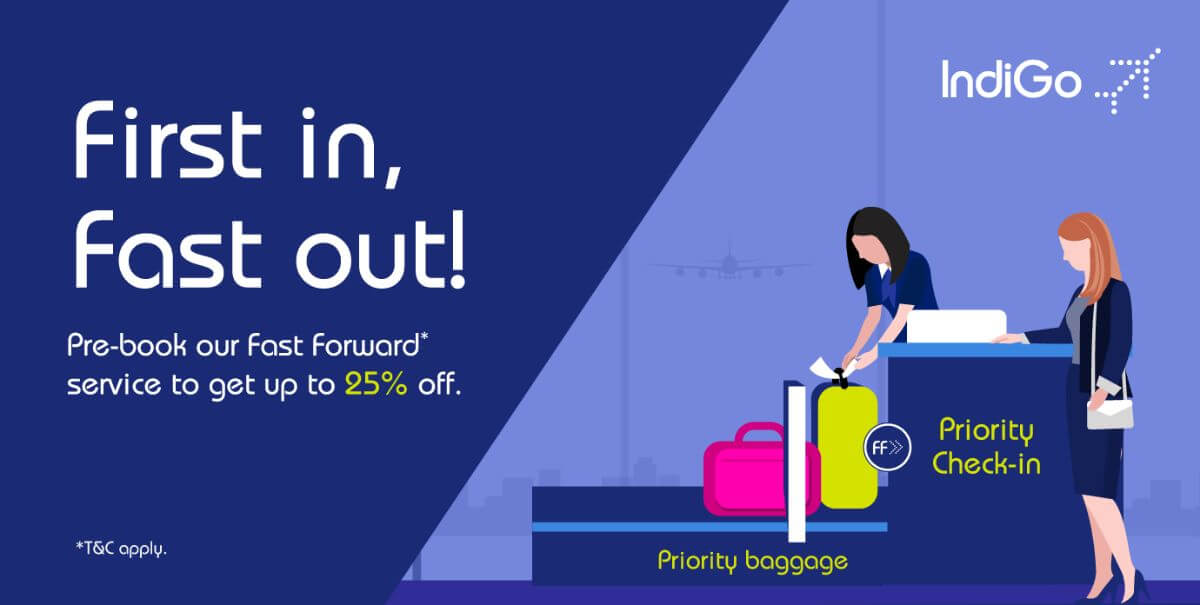
Going full throttle with a through-the-line execution
What distinguished and continues to differentiate Indigo from its competitors is the way it lives its positioning via through-the-line execution across touchpoints.
Owning the on-time performance equity:
Indigo utilizes every brand touchpoint to showcase how it lives its on-time performance promise. Every in-flight announcement stresses the importance of it, their TV commercial too emphasised this single-mindedly. They even want their passengers to help their ‘on-time cause’ by helping them tidy the flight before they begin the descent. Going by their announcements- they seem to have got a lot of awards and accolades for keeping their ‘on-time’ promise.
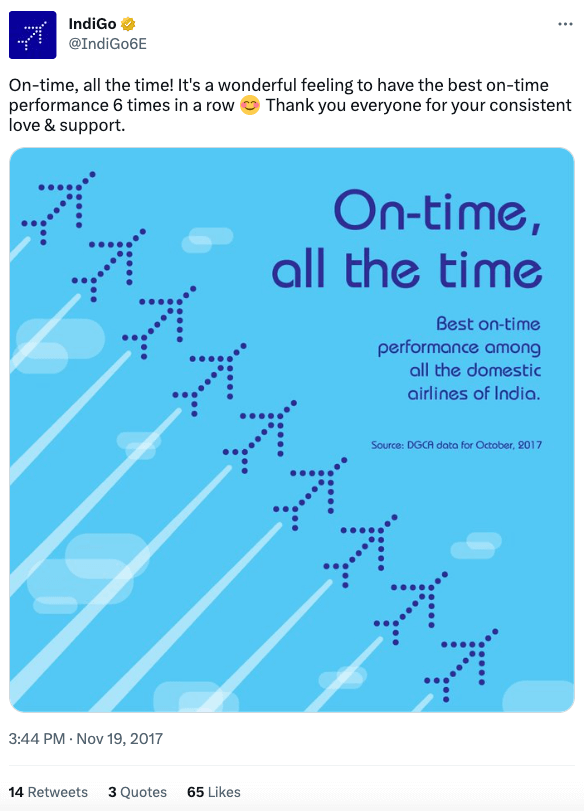
Indigo was one of the first airlines in the industry to use a boarding ramp instead of stairs to save time while embarking and disembarking. Indigo also pioneered a unique in-flight menu that optimized timely service. Last but not the least, every time they make an on-time arrival, everyone from the pilot to the cabin crew seems to celebrate it with a sense of pride.
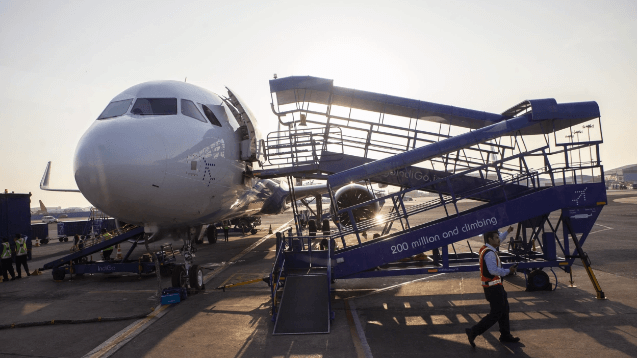
On Time Performance has now become a category norm and other airlines too announce their performance on this metric. However, Indigo has now come to own the on-time performance equity and other airlines harping on it often come across as me-too players. During end-of-flight announcements, the Indigo cabin crew talks about “yet another flight completed on IST – Indigo Standard Time.”- thereby giving On-Time Performance a very signature Indigo touch.
Curating a consistent personality and tonality:
Every person has a unique identity. The way s/he behaves or the way one communicates differs from person to person. We find people appealing or are appalled by them based on their personality traits and the ways they express themselves. Much like humans, brands too have their personality traits. Brand Personality can help to create a unique identity and helps in differentiation and clear association. Brand tonality refers to the tone with which a brand communicates its personality traits to its consumers.
The sharper this personality and tonality are expressed across all touchpoints, the more distinctive the brand will be. Over time, this distinctiveness builds memory structures in the consumers’ minds. Ideally, this should lead to a situation where if the consumer sees, reads or hears a piece of content produced by the brand (even without the brand name attached to it), the consumer should say to himself, “That sounds like something brand X would say!”
Living by its tenet to providing a ‘hassle-free and courteous service experience’ Indigo’s brand personality is that of a perfect professional – efficient, warm, and courteous, but not overly friendly or gregarious. They try to be genuine without trying too hard. In order to offset any apparent sense of stand-offishness this personality may evoke, they consciously keep the brand tonality cheerful and witty.
However, just documenting brand personality and tonality in a nicely designed power-point does not make it a reality. At the end of the day running an airline is a people-dependent affair with multiple touchpoints.
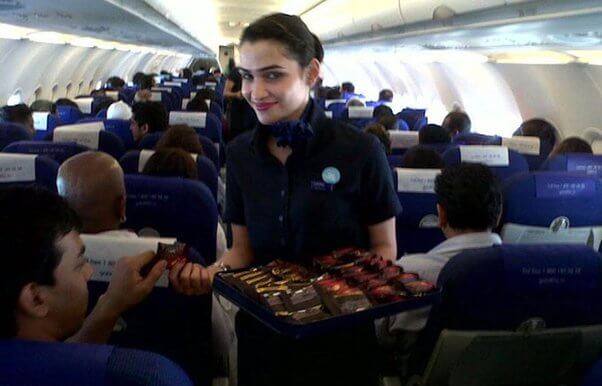
The amazing- and perhaps the most endearing- aspect about Brand Indigo is how it has been able to execute and bring alive its personality across multiple touchpoints, without coming across as gimmicky or desperate (say without resorting to stunts like mid-air flash dance that a rival airline tried to pull-off, at the cost of being hauled over by DGCA for endangering passenger safety)⁵
Living it up with a through-the-line execution
The branding- from the crew uniforms to the characteristic Indigo font, to the livery of their aircraft, to the ramp, in-flight magazine, and merchandise they sell on board- both visual assets and tonality of Indigo is very consistent and over a period of time has become very signature ‘Indigo-like’.
They have taken advantage of the obvious fact that during a flight, the passengers are a captive audience with a lot of time to kill and they will read anything they can lay their hands on. So, all the food comes in very interesting packaging with copy that will leave a smile on your face, same with their in-flight magazine which is cheekily called 6E (a pun on Sexy).
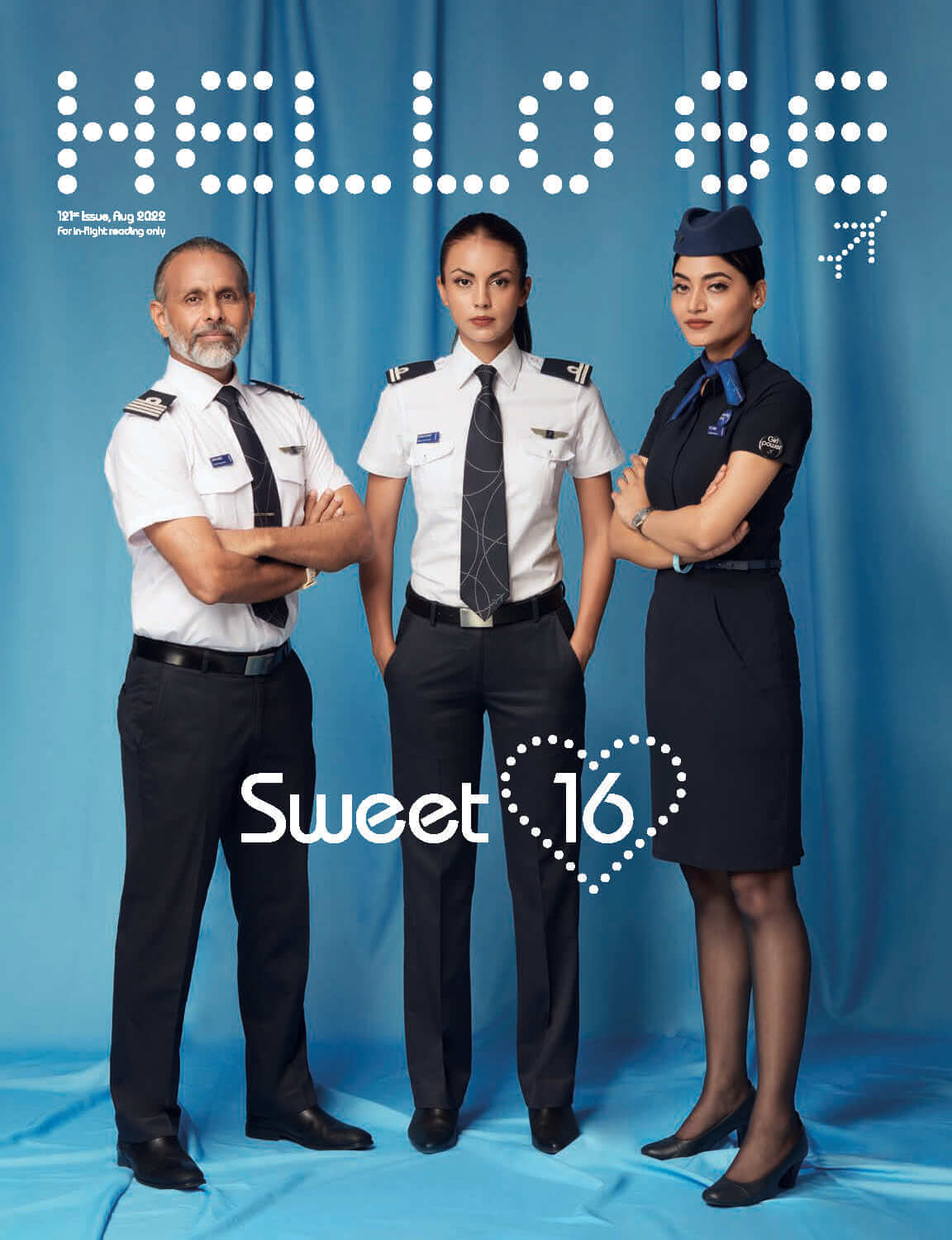
In essence, branding at every touchpoint has been very carefully thought through. Ranging from the ramp to board the plane to the seat headrests and even the otherwise ignored air sickness bag, every property of Indigo is branded to captivate the attention of flyers and bring a smile to their face.
An interesting aspect of Indigo is also the way it has humanized the brand through powerful storytelling. It regularly profiles its staff- pilots, cabin crew and even on-ground personnel- in its in-flight magazine. The story of their motivations, passions and even struggles not just makes for an interesting read, but it also showcases the human side of the brand. This is definitely a very disruptive move in a category that has traditionally presented itself as very formal and institutional- and by implication, a bit distant and cold.
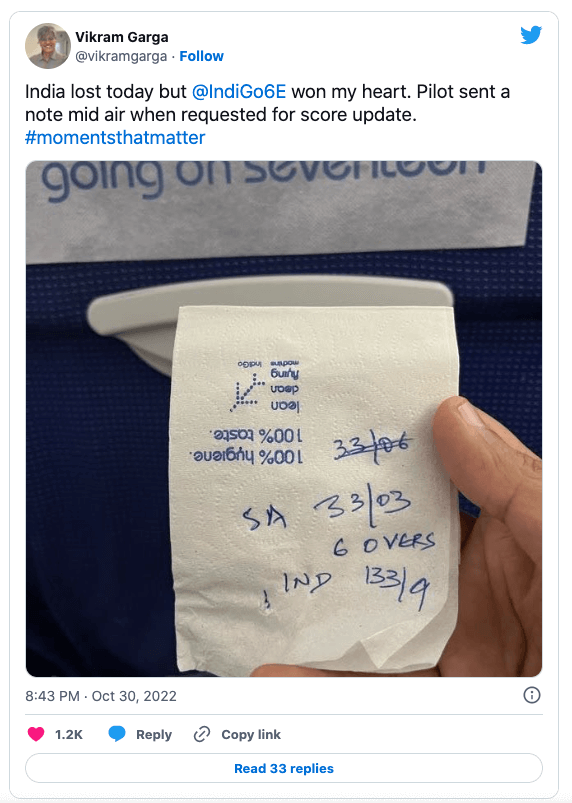
With all of this what Indigo has done successfully is to bring in a touch of refreshing lightness to the category which was very stiff and took itself too seriously.
Extending the experience off-air, on-ground
Indigo’s witty humour really comes to life in its print and digital campaigns. Its every piece of communication has a distinct Indigo tone that makes it catchy and engaging.
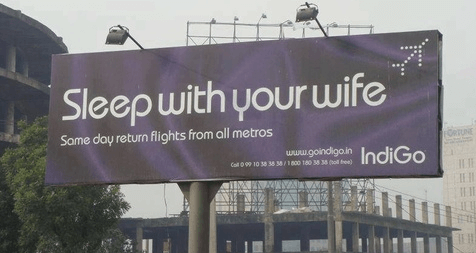
Indigo also carries this tonality to its social media handles:
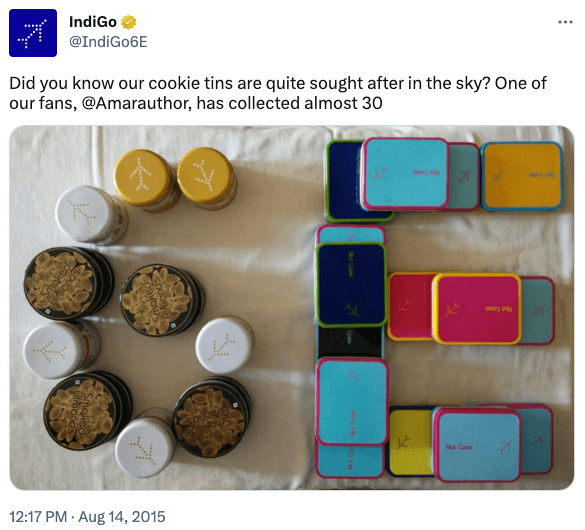
It regularly uses its handles to promote the care and effort it takes to train and groom its cabin crew, and never forgets to call out that 44% of its team comprises of women. Indigo’s social media approach is to achieve a balance between fun and professionalism, much like how its overall brand personality is:
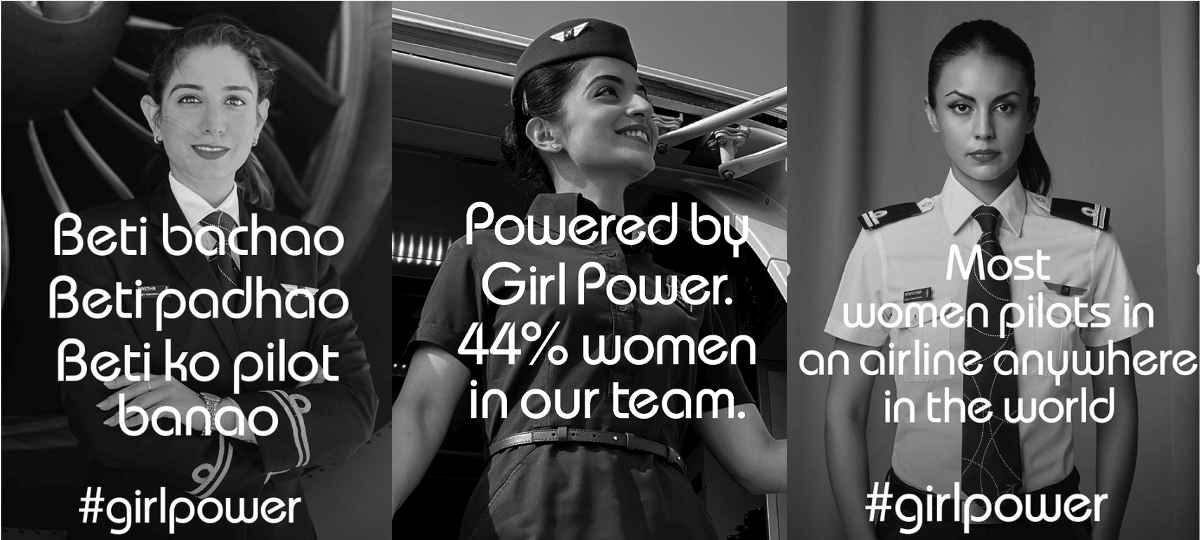
Caution - turbulence ahead
Today Indigo is the largest player in the aviation sector in India and was ranked as the 6th biggest carrier in the world, measured by passenger volume in the OAG (Official Airline Guide) Frequency & Capacity Statistics in March 2022. With its fleet of 275 aircraft as on March 2022, the airline operated 1,450+ daily flights, connecting 73 domestic and 15 international destinations.⁶ At this scale and the sheer number of connections it makes on a daily basis, the number of operational variables are only likely to go up. It has been indeed reflected in the metric that matters the most – on-time performance.
Of late TATA operated airlines- both Air India and Vistara have been pipping Indigo on the OTP metric.⁷ Realizing the significance of this metric, The Tata Consultancy Service (TCS) has developed an analytics-driven app which monitors how much time is taken for various tasks such as loading/unloading, cleaning, fuelling, and catering. The data is fed into it by ground personnel, and the app’s analytics function provides reports on projected on-time performance for the day, thus improving the airline’s operational efficiency.
Also, of late there has been a sharp increase in reported instances of high-handedness and insensitivity shown by Indigo air and ground staff towards passengers. Such problems are not unique to Indigo for sure but can get exacerbated when the overall brand personality centres on a “no-nonsense” approach to flying with a very functional value proposition at its core.
Summary
Indigo Airlines has been flying for over 16 years now. It has perfected the art of saying the same thing, everywhere, thus ensuring that flyers have a clear picture in their minds when they think of Indigo.
In a world where brands are trying hard to own an emotional space, Indigo stands out as a great example of a brand that has built an emotional equity by delivering on a measurable functional claim of ‘On Time, Every time’.
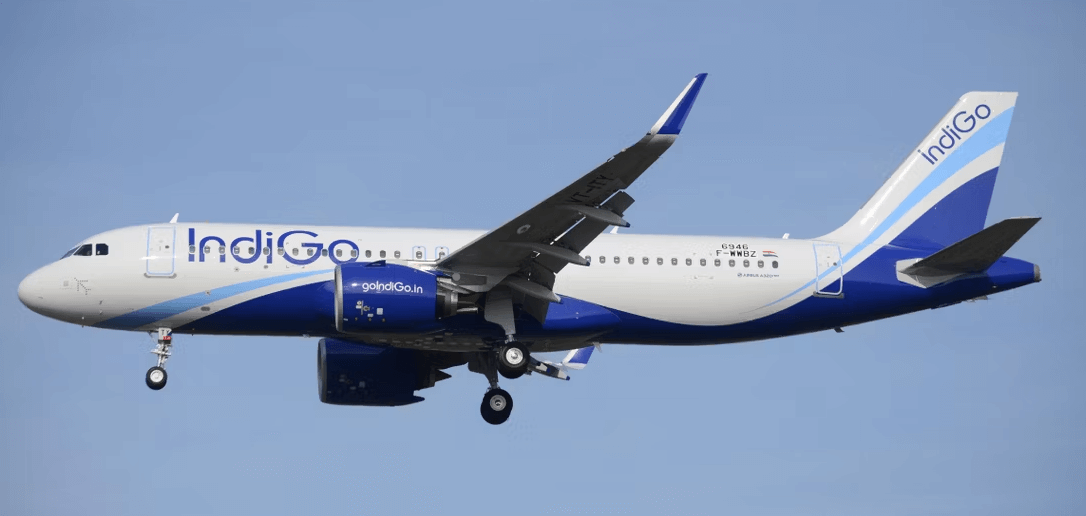
Sources
- https://www.moneycontrol.com/news/business/gofirst-flight-missed-55-passengers-9852351.html
- https://www.dtnext.in/business/2023/03/21/at-559-indigo-led-market-share-in-feb-airlines-got-359-complaints
- https://www.goindigo.in/content/dam/goindigo/investor-relations/annual-report/2021-22/IndiGo-AR-2021-22.pdf
- https://www.goindigo.in/information/investor-relations/annual-report.html
- https://mumbaimirror.indiatimes.com/mumbai/other/dgca-show-cause-to-spicejet-over-holi-plane-dance/articleshow/32378584.cms
- Indigo Website and FY’2022 Annual Report
- https://simpleflying.com/indigos-on-time-performance-takes-a-hit/

One Response
I endorse the attributes elucidated by the author about Indigo Air, as a satisfied customer, for over a decade. My family members are also avid users of Indigo. All the best to this Indian airline and it’s cabin crew, whom we see. And flying crew, and ground maintenance staff, whom we do not see much.